The New Year is all about looking forward. Sending out the old, letting go of the bad, and looking forward with good luck, good fortune, and good intentions.
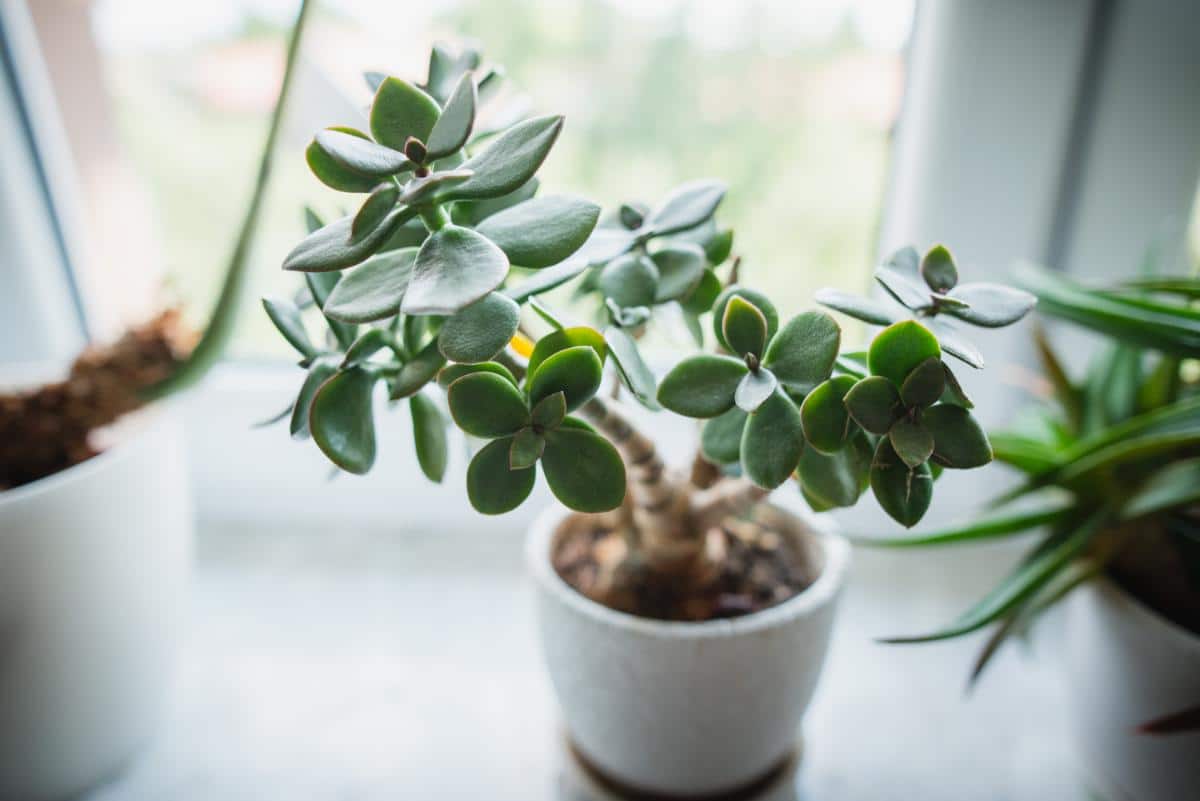
There are a number of plants that have traditionally been considered to bring good luck. Many of them make excellent houseplants. We see them popping into stores as we all look for ways to bring new life and good fortune into the new year with us.
House plants can be tricky members of the household, though. And having a plant meet its demise doesn’t feel very lucky.
And so here, we’ve gathered not only some of the more popular plants that are known to bring good luck but some of the easiest to keep, too!
Jump to:
- 12 Houseplants to Bring Good Luck -- That Are Easy to Keep, Too!
- 1. Lucky Bamboo (Dracaena)
- 2. Lucky Shamrock
- 3. Orchids
- 4. Bromeliads
- 5. Snake Plants
- 6. Chinese Money Plants
- 7. Peace Lilies
- 8. Pothos
- 9. Jade
- 10. Ivy
- 11. Rubber Tree
- 12. Spider Plant
- Herbs for Good Luck
- Citrus for Good Luck and Prosperity
- More Good Reasons to Start the New Year With Good Luck House Plants
12 Houseplants to Bring Good Luck -- That Are Easy to Keep, Too!
The criteria for making this list are this:
- Plants must be easy to care for and relatively low-maintenance
- Plants must be generally available -- we didn’t want to bring you obscure or expensive plants that you’re not likely to find or not likely to want to invest in!
- Plants should be popular enough to have readily available information and resources
- Plants must be lucky!
Of course, there are more lucky plant options out there, but these represent many of the easiest common lucky houseplants to care for.
Twelve is a pretty lucky number, too, by many standards, so we decided to go with that for our list!
1. Lucky Bamboo (Dracaena)
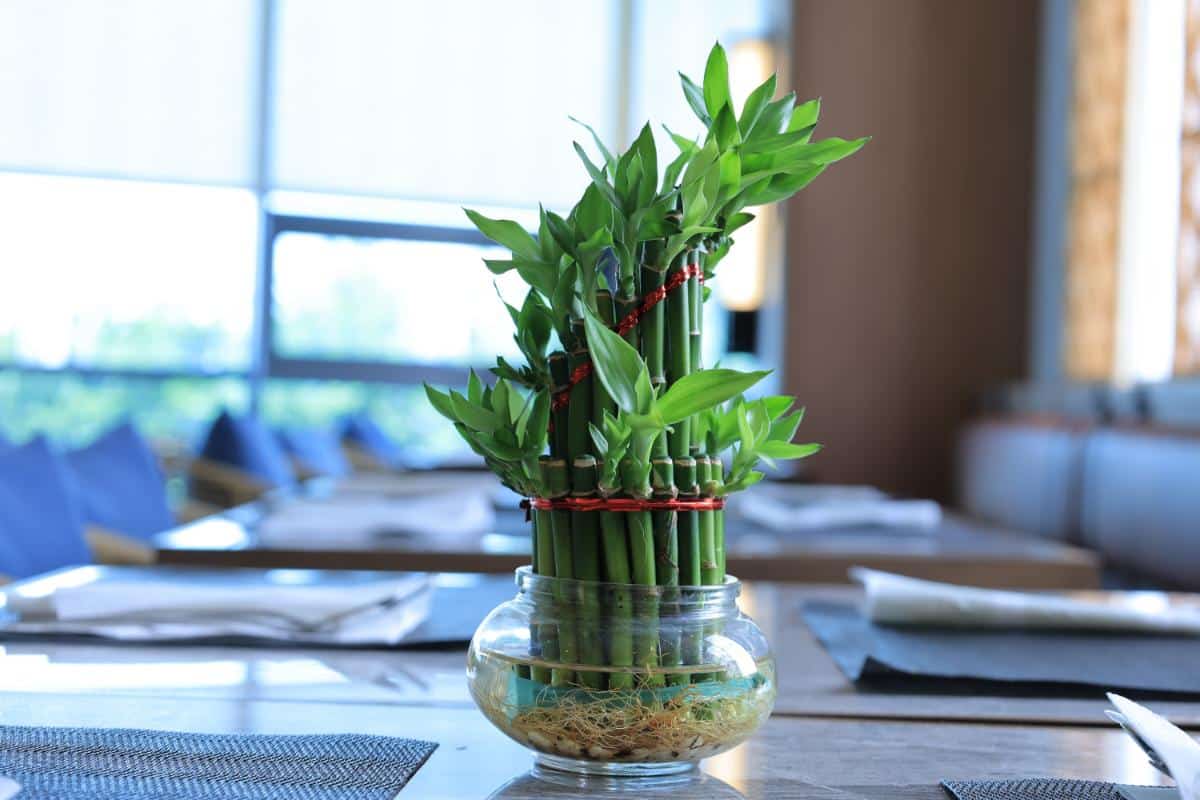
Lucky Bamboo is not really a type of bamboo. It is a type of dracaena. It does have the look of bamboo, which is achieved by stripping off the lower leaves of the plant.
You are most likely to find it sold and listed as “Lucky Bamboo.” It is also one of the easiest plants to care for.
Lucky bamboo can be grown in water or in soil.
Care tips for Lucky Bamboo:
- If growing in water, change the water weekly
- If growing in soil, the soil should be kept moist
- Give medium to bright light
- Should be kept in indirect light
- Will tolerate low light, too
2. Lucky Shamrock
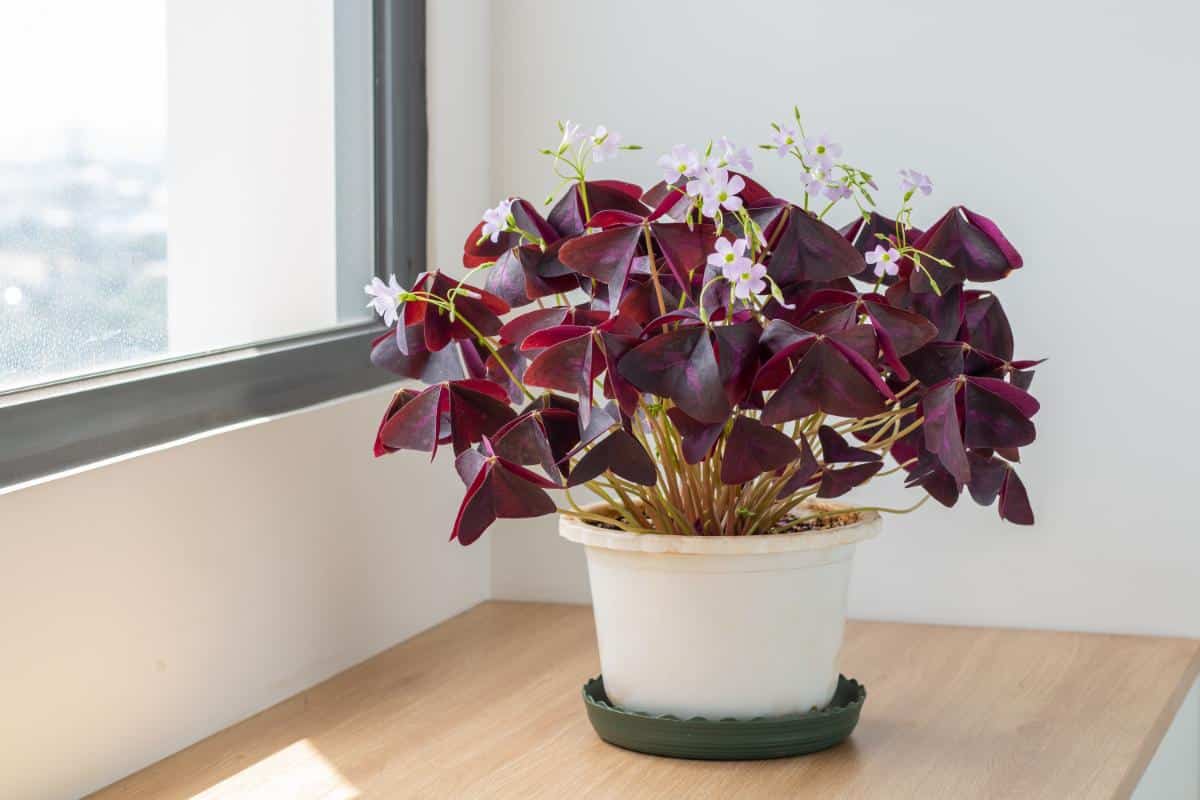
It comes as no surprise that an indoor shamrock plant would be classed as a lucky houseplant. The indoor version is the Oxalis. They have three-lobed leaves that bloom with pretty, small white flowers.
The foliage may be green or burgundy in color.
Because they are associated with Saint Patrick’s Day, this plant can sometimes be more seasonal, even though it is a houseplant. Still, it’s usually not too difficult to find. Once you have one, they last a lifetime, so you won’t need to seek these plants out very often.
Care tips for Lucky Shamrocks:
- Provide bright, indirect light
- Allow to mostly (but not completely) dry out in between waterings
3. Orchids
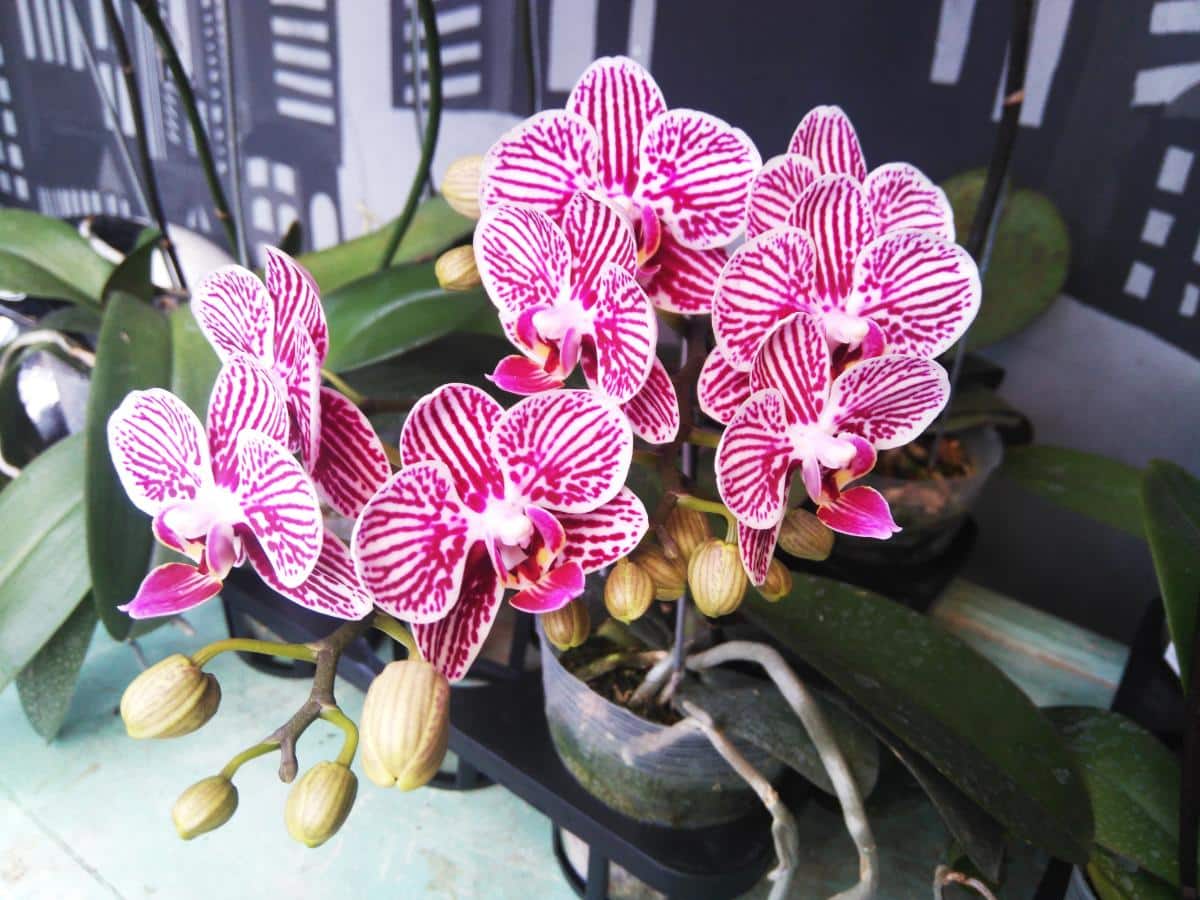
Orchids have somehow come to be known as tender plants, but that is not at all the case. This is especially true for the more common Phalaenopsis (moth orchid) types that you find for sale in stores and grocery store floral departments.
Orchids only need watering about once a week (and just a little bit -- about three tablespoons for a large orchid). They will go longer, too, so don’t be too worried if you’re on vacation or miss a week.
When orchids flower, they hold those flowers for many weeks -- months, even. And yes, they will rebloom! You just have to have some patience. With such long bloom periods, their rest period is extended, too.
Care tips for Orchids:
- Keep potted in orchid medium, not typical potting soil (it’s really more of a coir or wood chip media)
- The pot should have large holes for drainage (try an orchid pot for best results)
- Water about once per week
- Give one to three tablespoons of water, depending on the size of the orchid
- Alternatively, soak the orchid once every one to two weeks and let the excess water drain
- Keep in bright but indirect sunlight
4. Bromeliads
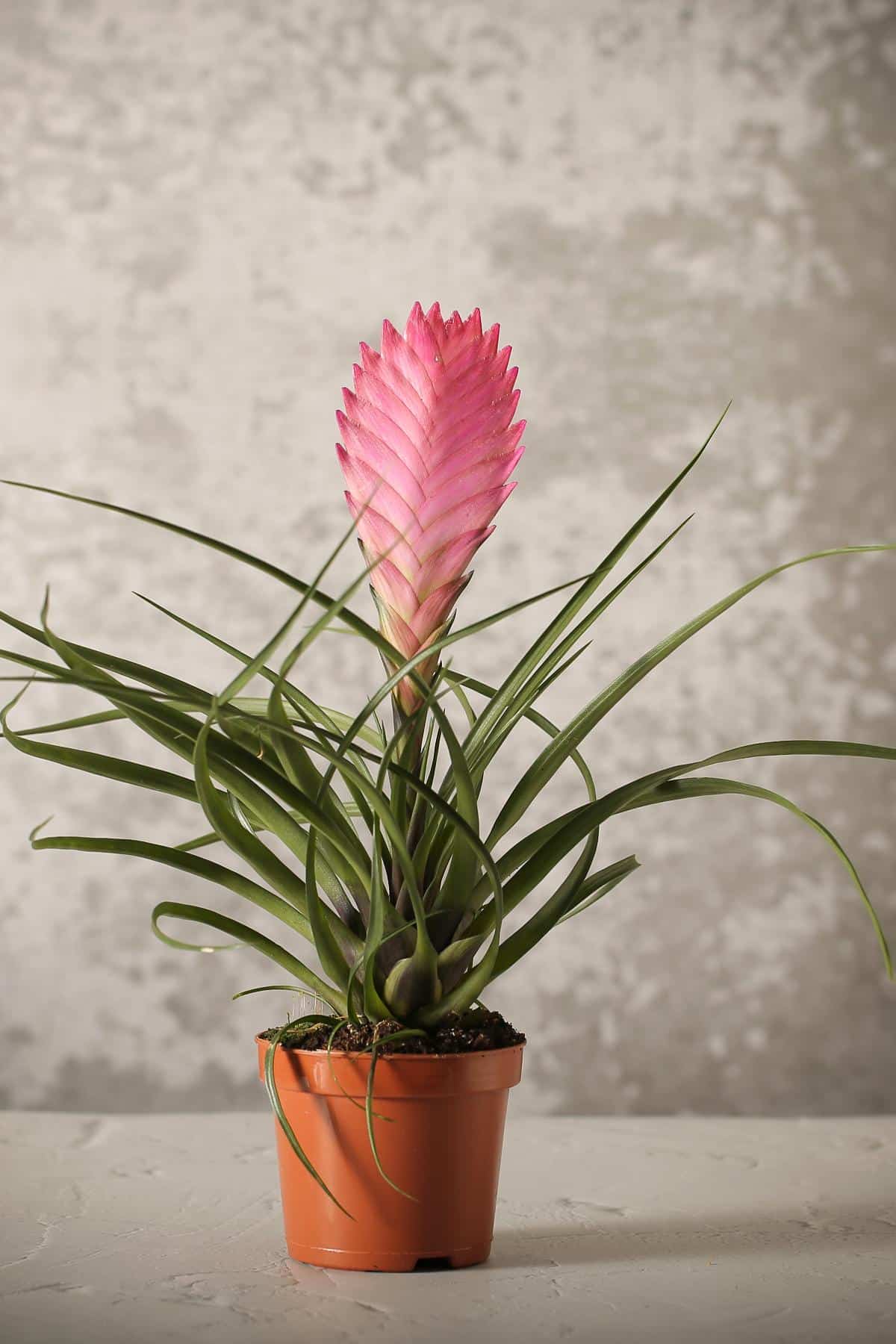
Bromeliads are bright plants that come in a range of colors but mostly resemble pineapple tops (pineapples are a near cousin to bromeliads). You can find them in all sorts of funky “bloom” colors.
If you want a lucky plant that is a little less mainstream or one that offers some texture, brightness, and color to your collection, get a bromeliad.
These plants are very easy to care for and can go as long as three weeks between waterings.
Care tips for Bromeliads:
- Keep bromeliads in bright light
- Water every one to two weeks in the warm months of the year
- Reduce watering to every two to three weeks in the colder months
5. Snake Plants
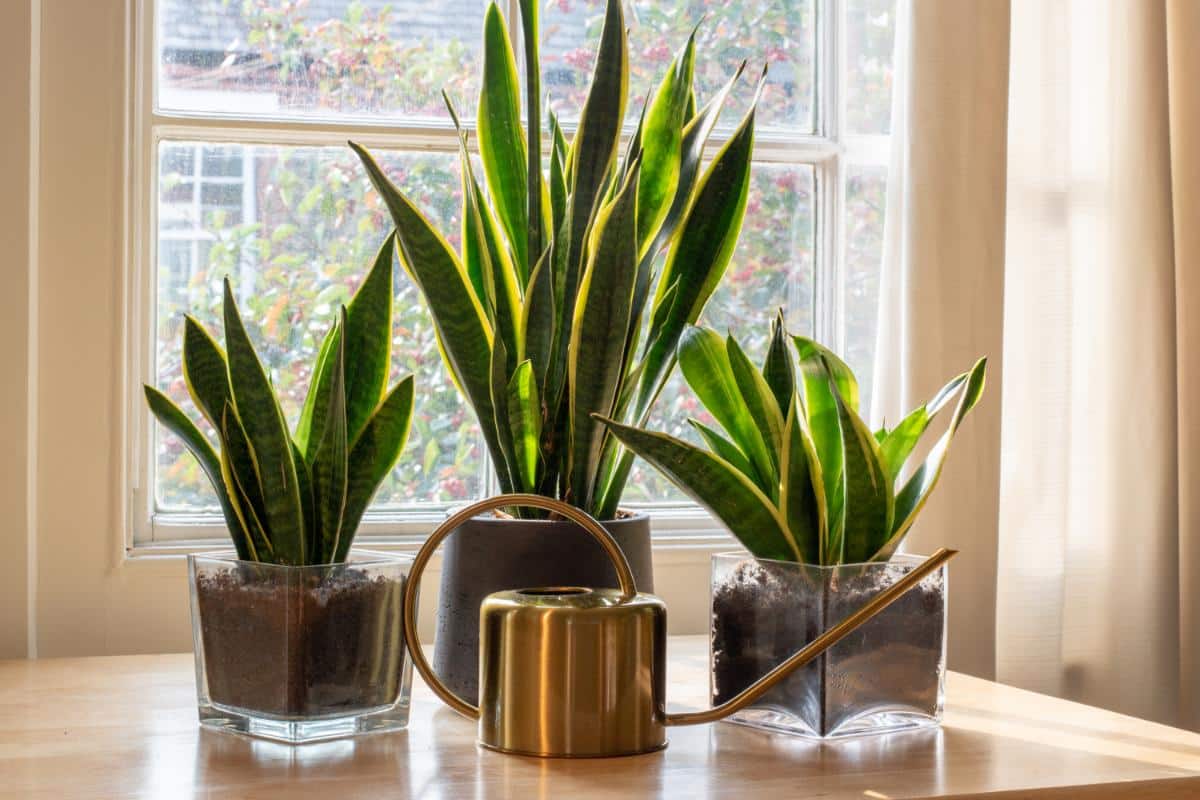
Snake plants, also called “Mother in Law’s Tongue”, are known to be one of the best air-cleaning plants for the home.
They are also very easy to care for. They can be divided as they grow older, too. Snake plants can also make nice statement pieces when they get larger.
Snake plants have an attractive, deep, variegated green color and sturdy, upright leaves.
Care tips for Snake Plants:
- Water every two to three weeks
- Will tolerate a wide range of light conditions, including bright and low light, so are easy to place in the home
6. Chinese Money Plants
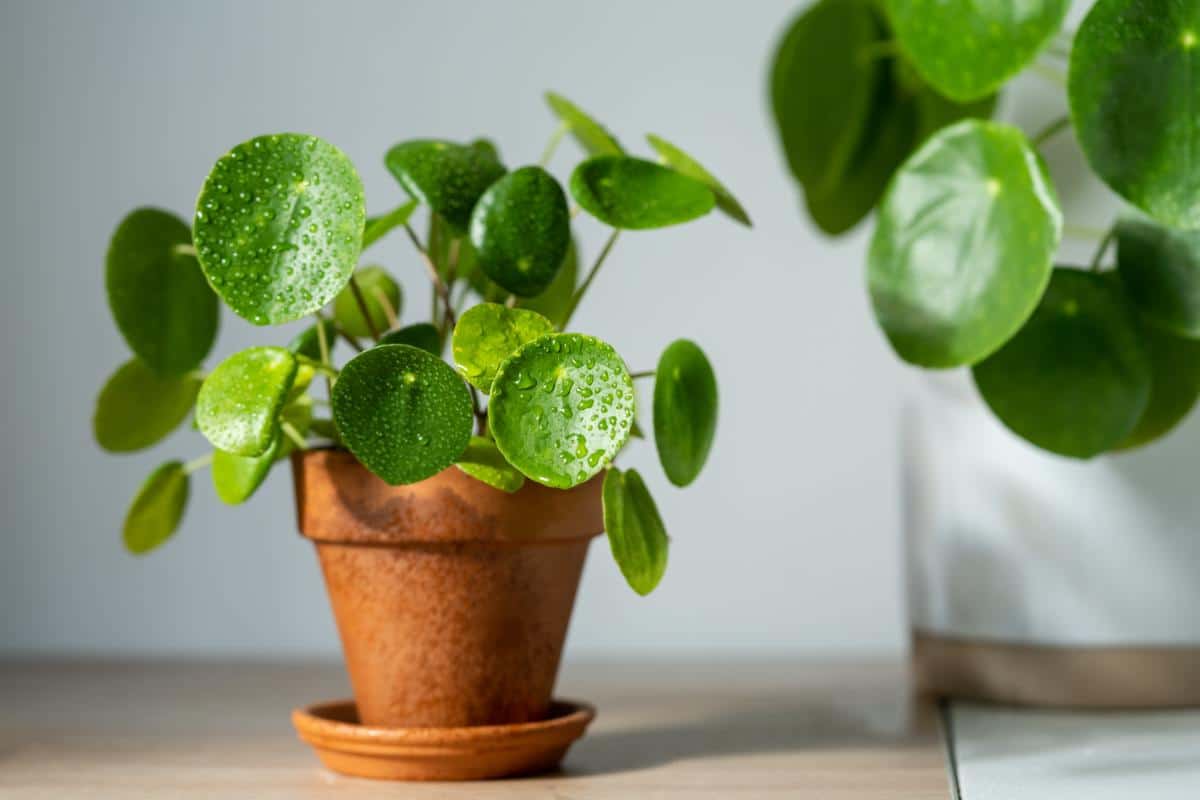
The Chinese Money Plant (Pilea) has coin-shaped leaves on individual stems. They are kept easily and can easily be propagated into new plants, which makes them easy to share. That is, in part, what makes them such a symbol of prosperity -- the sharing feature that shares the wealth.
Care tips for Chinese Money Plants:
- Keep in bright, indirect light
- Water about once each week
- Only water after the top of the soil (down to one inch) is completely dried out
7. Peace Lilies
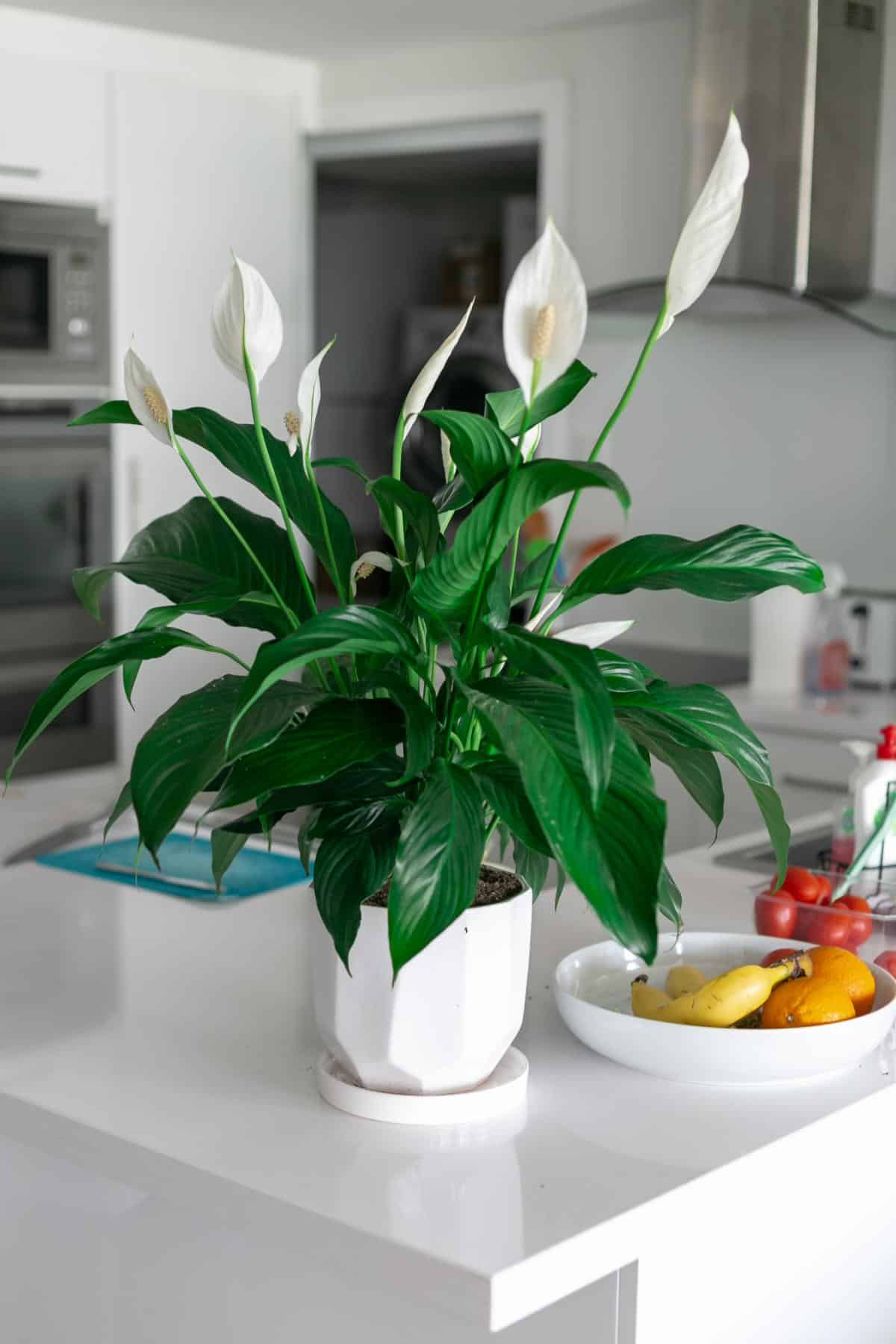
Peace lilies are enjoyed most for their green foliage, but they do flower with a single-petaled, white flower. They are known for bringing peace, good luck, and tranquility.
Peace lilies are one of the best low-maintenance plants and are excellent for beginners, with few demands indoors.
Care tips for Peace Lilies:
- Water about every one to two weeks when the top of the soil is dry
- Keep in bright, indirect light
8. Pothos
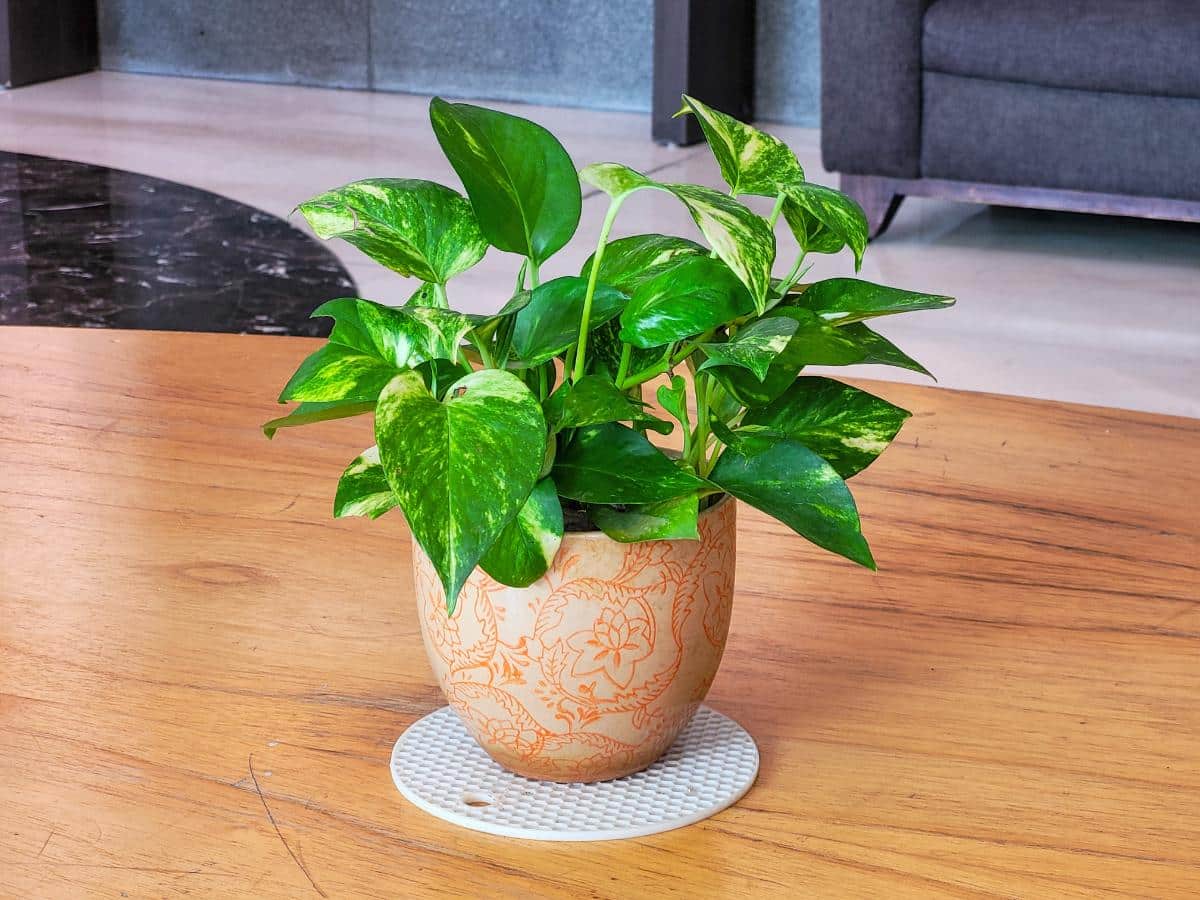
If you want a plant that is attractive, productive, and/or almost so easy to care for as to be foolproof, along with being a good luck plant, get a pothos.
Pothos are almost impossible to kill. They can even be grown in water, but ironically, they tolerate inconsistent and forgetful watering, too.
Pothos have a pretty trailing nature and do well as hangers or as cascading potted plants.
Care tips for Pothos:
- Keep out of direct sunlight, which will burn the plant
- Provide bright, indirect light
- Will tolerate lower light and artificial light
- Water every one to two weeks, but allow the soil to dry out between waterings
9. Jade
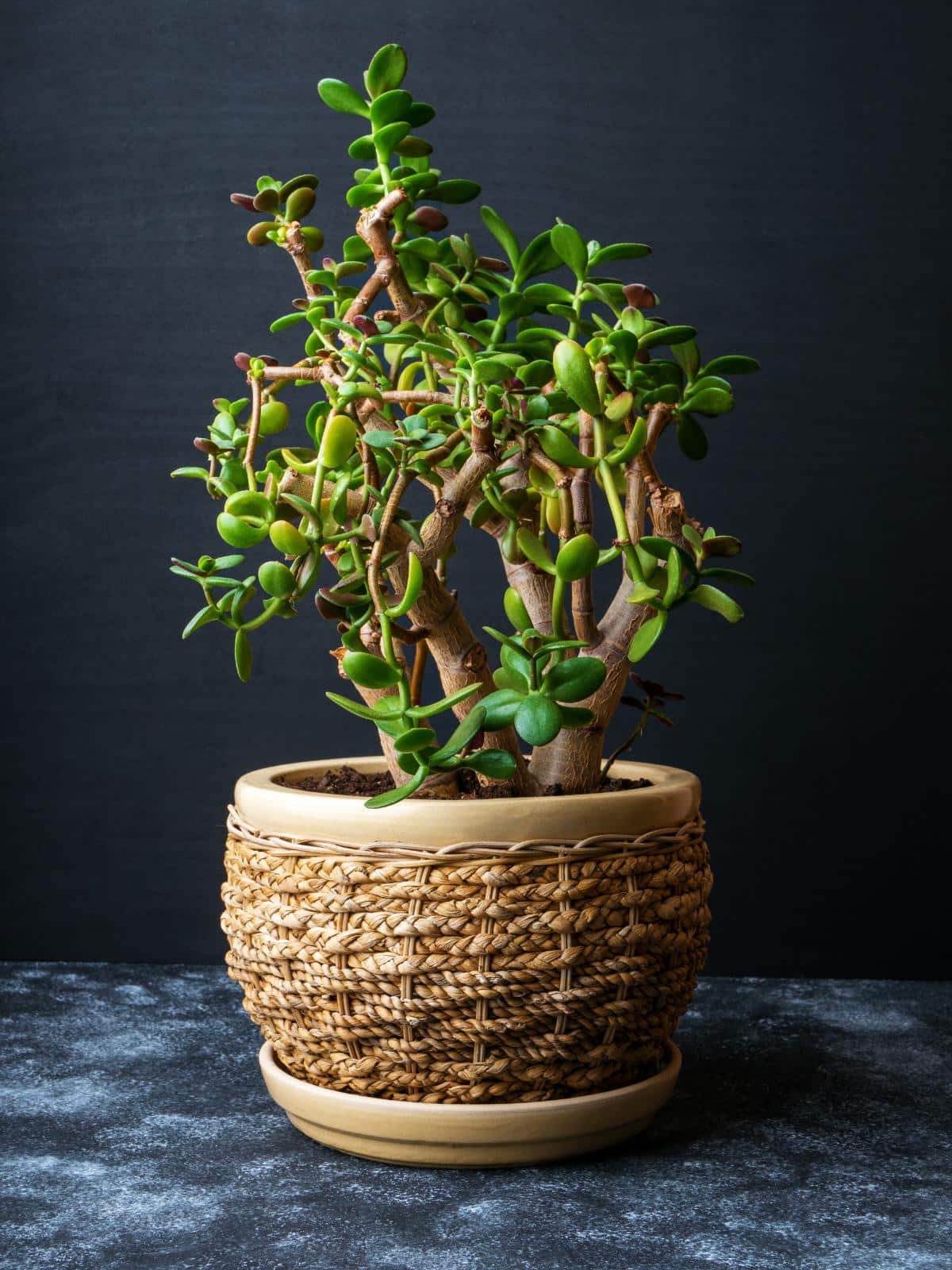
Jade plants represent wealth, prosperity, and longevity, owing in part to the fact that the plants can literally live for decades.
These deep green plants resemble small trees with plump leaves, but they are actually succulents.
Of course, as succulents, they are as low-maintenance and easy to care for as you would expect them to be.
Care tips for Jade plants:
- Provide indirect light
- Keep in a bright space
- Strong, direct sunlight will scorch leaves
- Water only occasionally as needed; it may be one to two weeks or more before the plants need watering
- Water when the top one to two inches of soil are dry
- Overwatering will make plants mushy
10. Ivy
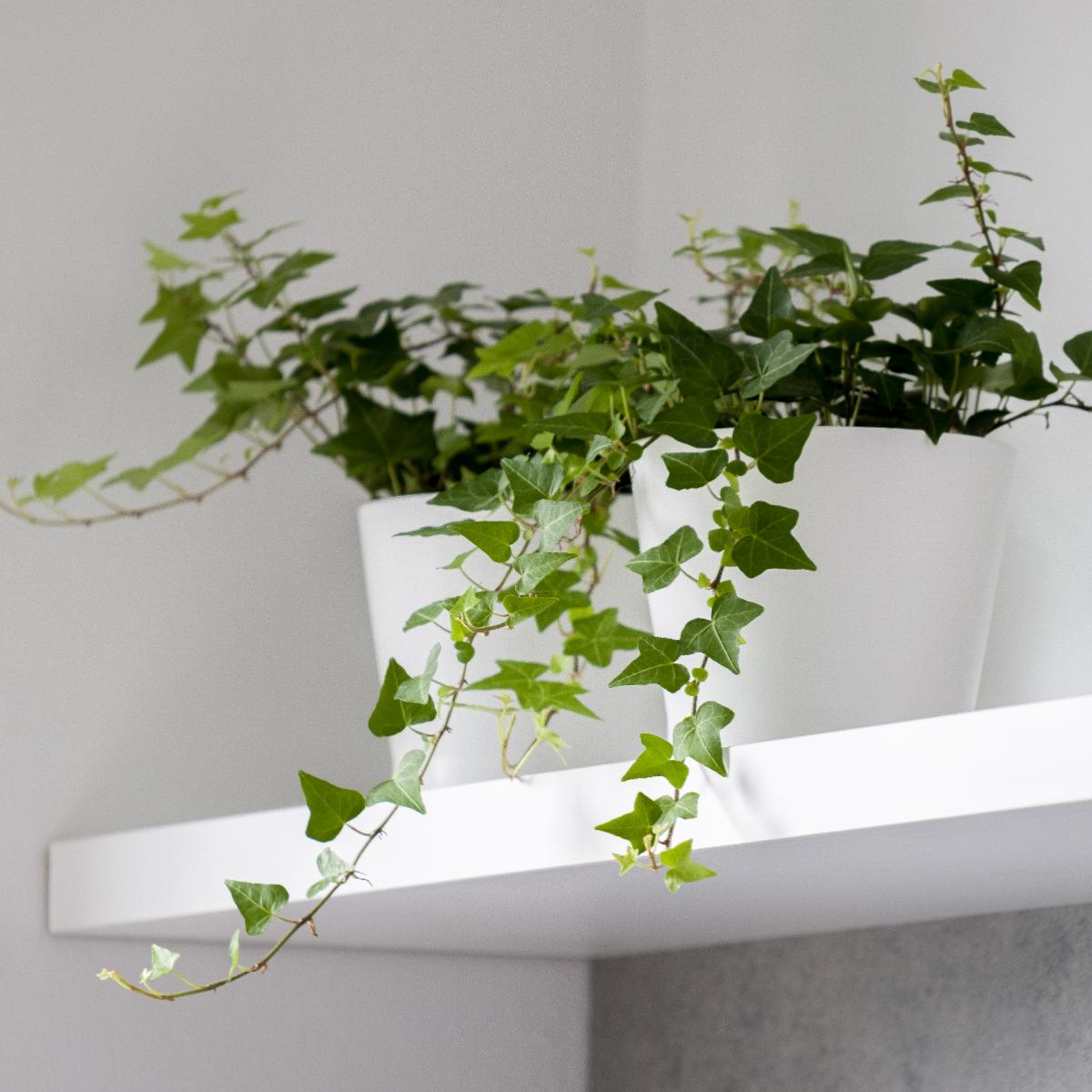
Happiness, good luck, restoring energy, friendship, and patience are all hallmarks of ivy. Its clinging nature is said to represent holding onto friends and relationships, which is representative of loyalty.
Ivy thrives with low care and in low light, and it is recommended for spaces in the home where darkness and low energy linger.
Care tips for Ivy plants:
- Tolerates a range of light conditions and does well in very low light and dark corners, on high shelves, etc
- Can be kept as a hanging plant, too
- Water once per week, but only if the top inch of soil is dry
- Benefits from misting with a fine mist sprayer every one to three days or so (to increase humidity without making the soil soggy)
11. Rubber Tree
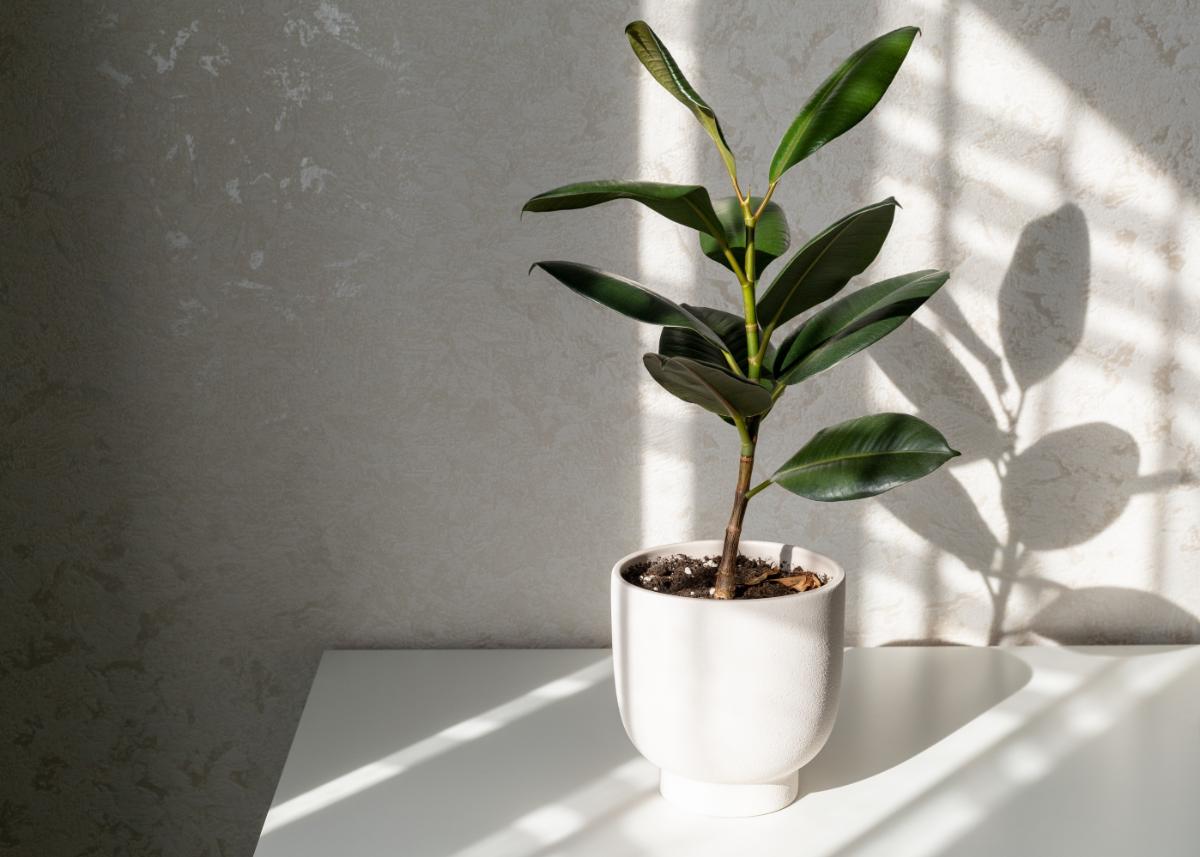
Rubber trees are good selections if you want a plant that can make a statement. They can grow large over time, but you can also buy small rubber trees to start out with.
That large life and longevity are part of what adds to its luck and makes the rubber tree a plant that represents wealth, abundance, opportunity, growth, and a burgeoning life force.
Care tips for Rubber Tree plants:
- Place in bright, indirect sunlight
- Provide about seven hours of indirect light
- Water every one to two weeks
12. Spider Plant
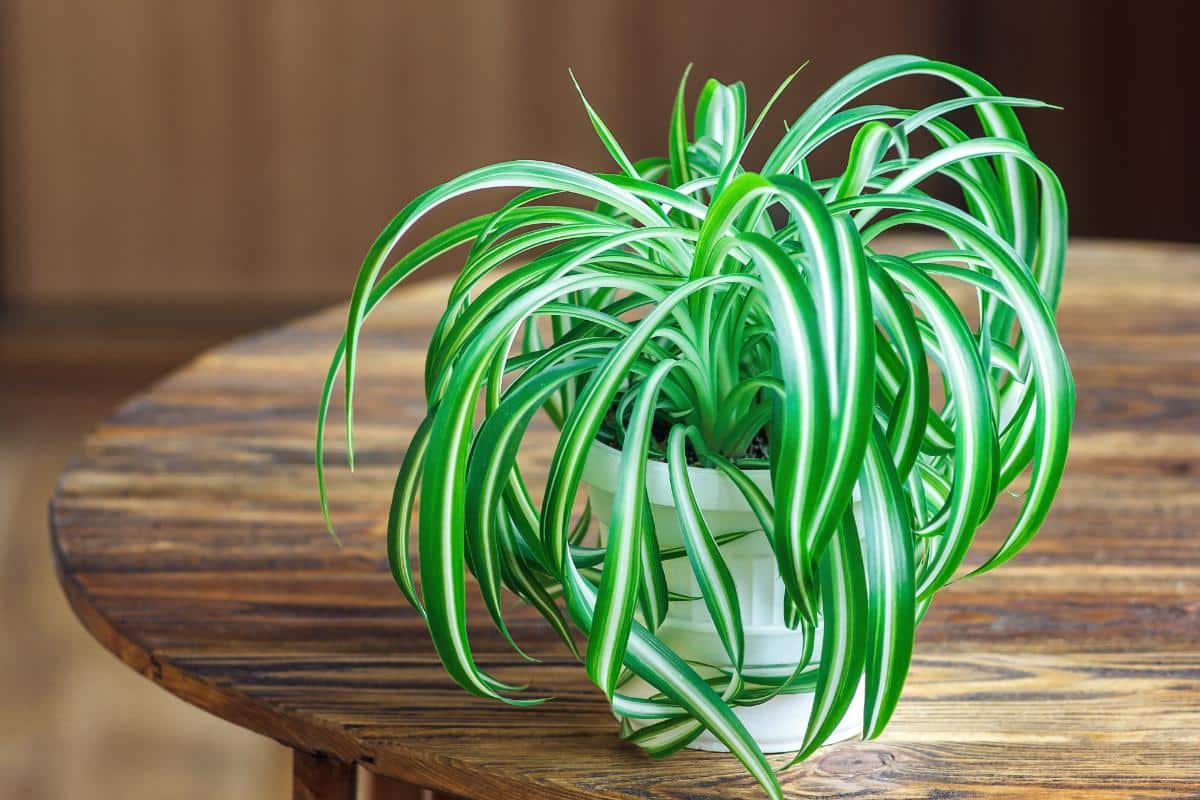
Is there anything more classic, reliable, or easy to care for than a spider plant? Anything more willing and adaptable to different homes and different conditions?
Spider plants bring luck in the form of stability and reliability -- always great things to carry you through life!
The long leaves represent growth, while the flowers represent purity. Overall, the plant represents a long life.
It is interesting that the plant is representative of purity because spider plants are also one of the best air-cleaning plants! They grow and propagate exceptionally easily, so you can easily grow more from just a single plant.
Care tips for Spider Plants:
- Provide bright, indirect light for three or more hours per day
- Water when the soil top is dry, about every week to ten days
- Does well in hanging baskets or as a potted plant
- Pot up as needed as the plant grows
- Snip off plantlets and root in moist soil or water to propagate
Herbs for Good Luck
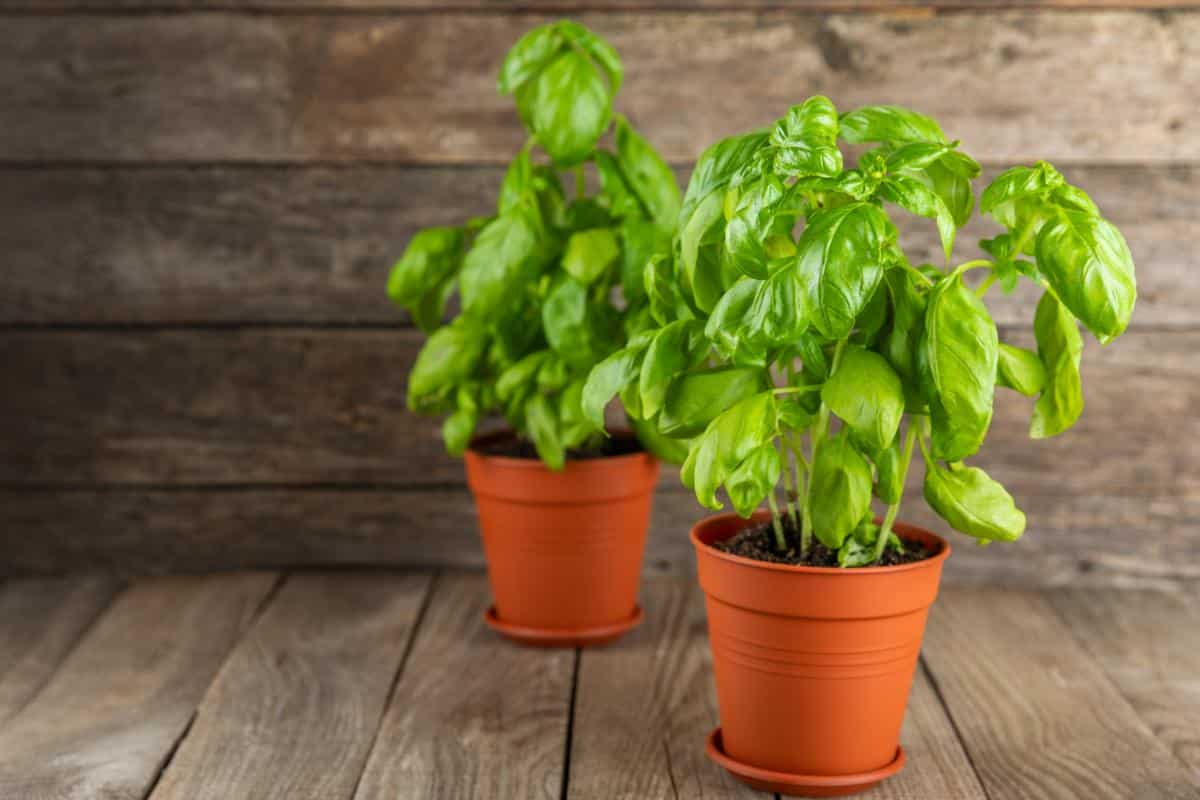
There are a few herbs that are also known to bring good fortune and good energy. While they are not exactly difficult to care for, they do have higher care requirements than the other good luck, easy-care plants listed above.
The things that make herbs harder to care for are their light and humidity requirements, which need to be balanced against their watering needs.
As full-sun plants, herbs usually need the equivalent of full sun when grown indoors. That means 6 to 8 hours of direct light, which usually means keeping them under a grow light for at least part of the day.
Inside, they need humidity to help them hold their leaves and stay hydrated, but they don’t want to be watered often. The humidity needs to come from a spray bottle or the air, not the soil.
The herbs most commonly associated with bringing good luck, vitality, and good energy are:
- Lavender
- Rosemary
- Basil
Generally speaking, herbs are Mediterranean plants, and they don’t do well with “wet feet” or if they are kept overwatered. Let them dry out between waterings.
Keeping herbs indoors is far from difficult or impossible, but there are some Keys to Keeping Indoor Herbs that you will want to know first.
Citrus for Good Luck and Prosperity
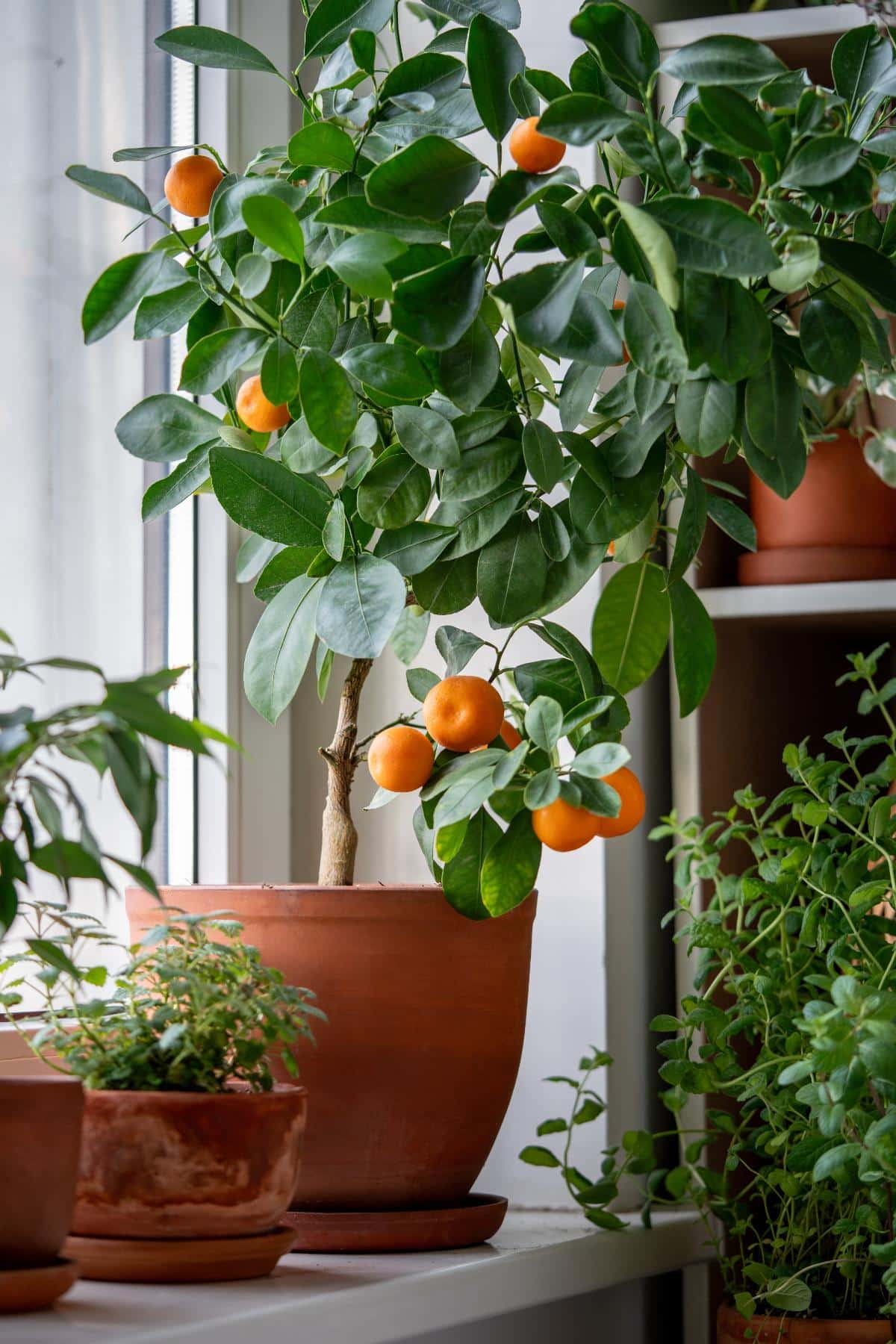
Miniature citrus trees are also said to bring good luck. They are a good plant to include here, but they also have slightly higher requirements than the 12 low maintenance, easy care good luck plants included on the main list.
Some good candidates include miniature oranges, kumquats, limes, and lemons, including Meyer Lemon trees.
Miniature citrus trees are not very high maintenance, but they do require more light than what the average home can provide. They want around six hours of direct sunlight, which can be hard to come by in a home. To get that equivalent, you may need to add a grow light.
However, even if you can’t provide many hours of direct sunlight and don’t use a grow light, the tree itself will probably do fine with whatever strong direct light you can provide. However, it is unlikely to blossom and bear fruit in lower light.
Citrus trees can also be moved outdoors during the warm months after the danger of frost has passed. That can enhance its fruit production capabilities.
More Good Reasons to Start the New Year With Good Luck House Plants
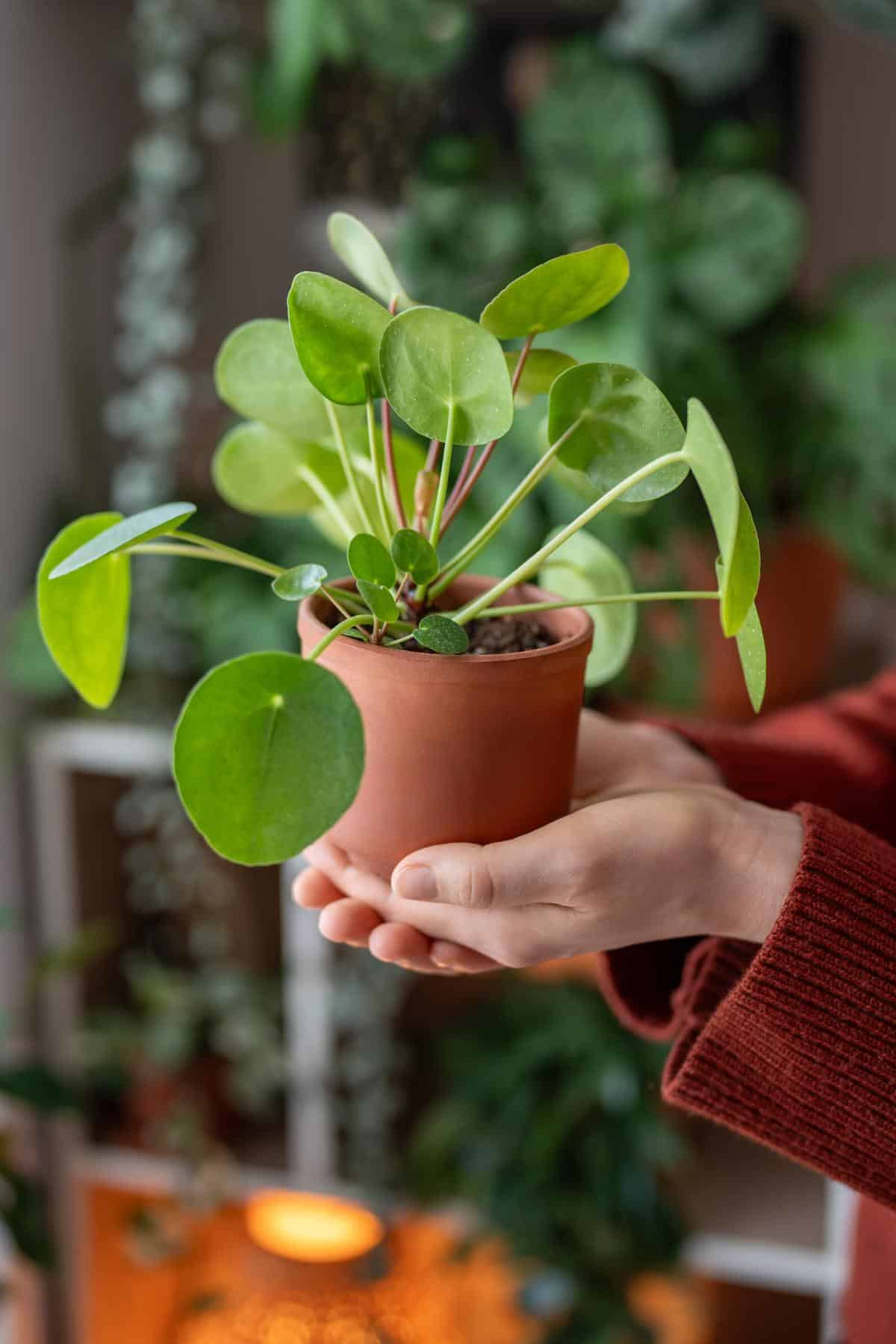
Plants can do more than bring meaning and good luck. There’s a body of evidence to support the fact that living houseplants are very good to have in our homes (and in other indoor spaces like offices and public places).
Some of the benefits of keeping houseplants include:
- Improved mood
- Better sleep
- Reduced feelings of isolation
- Reduced stress
- Improved concentration, memory, and test performance
- Clean the air and improve air quality by stripping chemicals, including volatile organic compounds (VOCs)
- Increases oxygen levels in the home
- Act as a positive, therapeutic hobby (which has also been linked to enhanced management of conditions like depression, anxiety, and dementia)
- Increase positive outlook
- Increase productivity
Good luck, good health, and personal wealth -- these plants have everything you need to start the new year right and carry you through a positive, prosperous year.

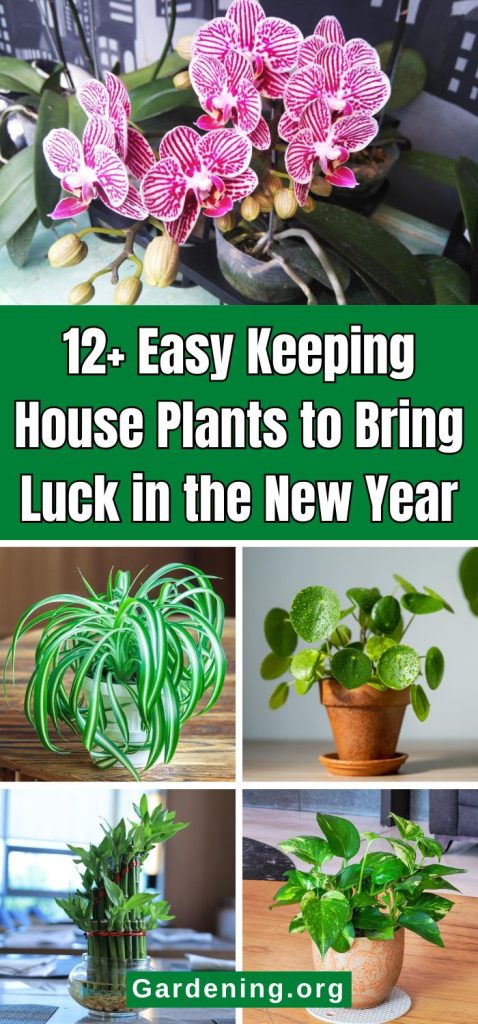
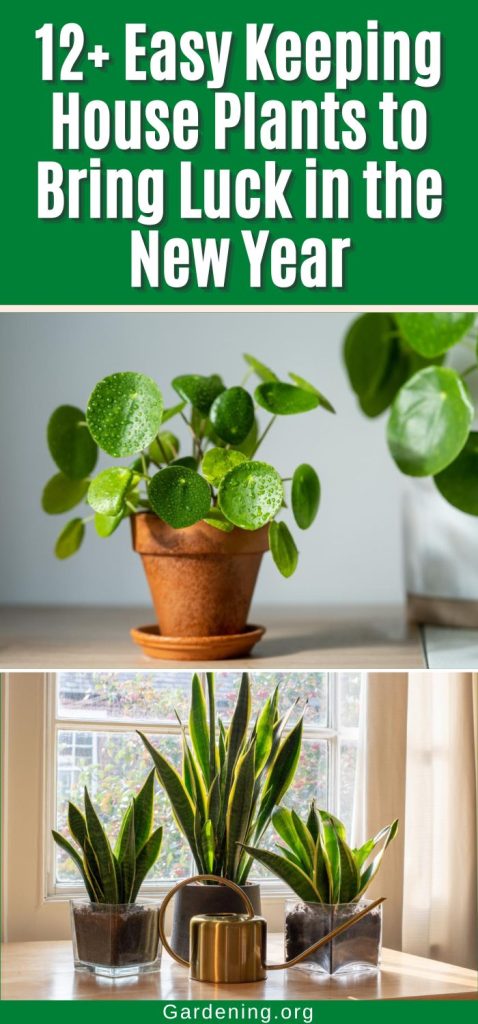
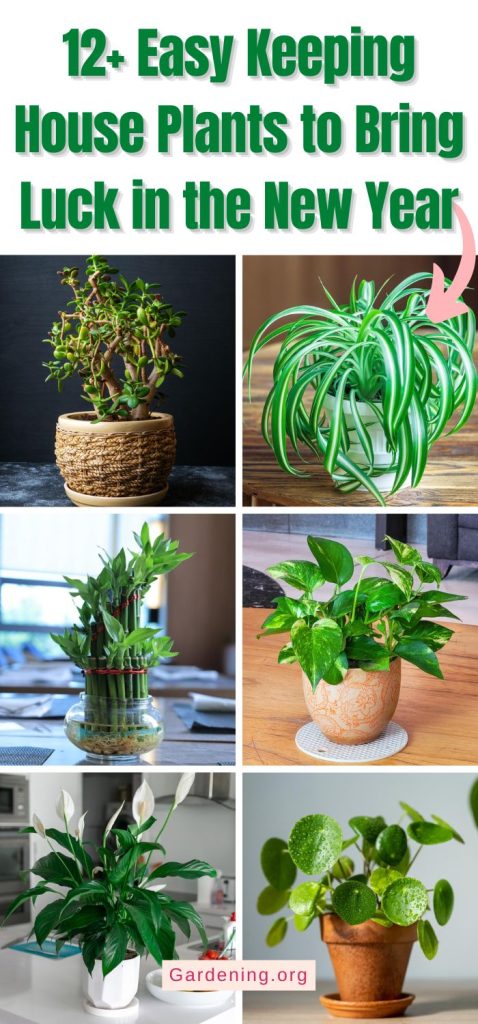
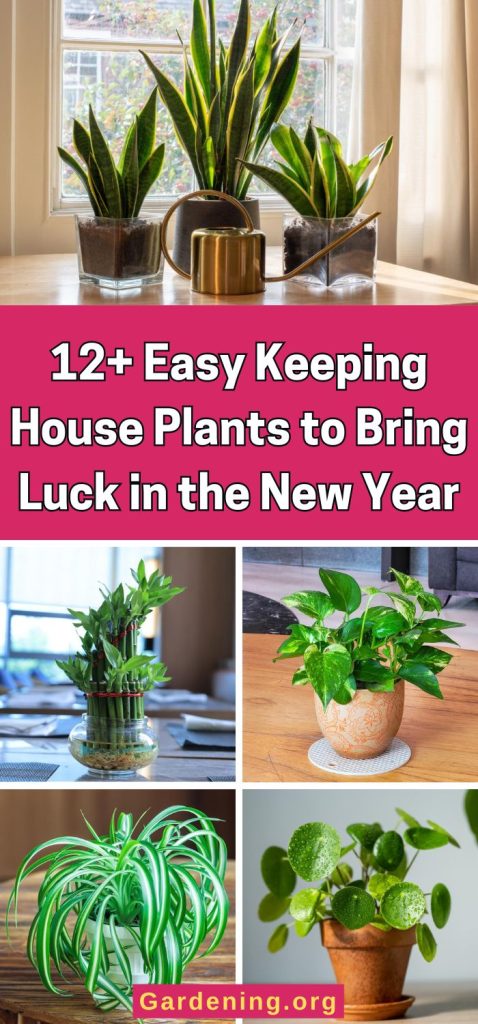
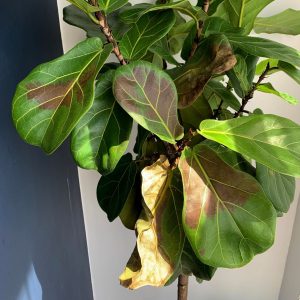
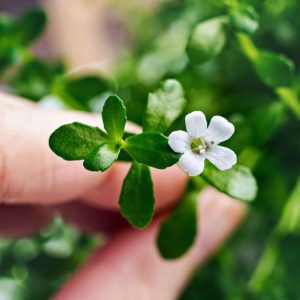
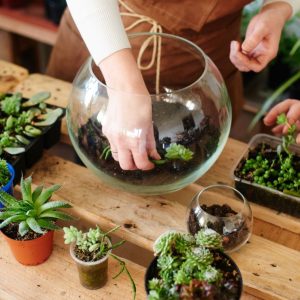
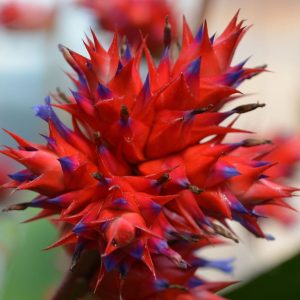
Leave a Reply